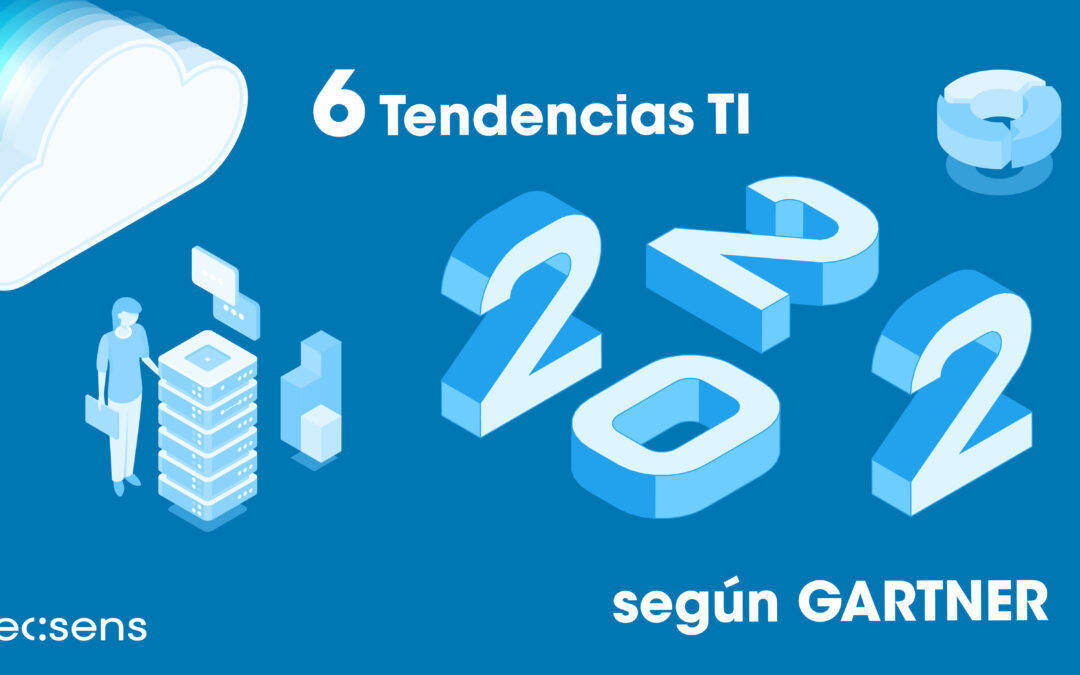As is quite common at this stage of the year, Gatner has already predicted what will be the key strategic IT trends for organisations in 2022. Some of these will be key techniques for competing in a fully digital environment, while others give many companies a commercial boost to stay ahead of their competition. The choice between the two will make a big difference. It should be up to IT and innovation managers to determine which trends to embrace and which may pose a real opportunity or threat to their organisations. These 6 IT 2022 trends according to Gartner will be key drivers for increasing digital business capability and innovation in the next three to five years.
IT Trends 2022 according to Gartner
- Data fabric: flexible integration of all available data between the different platforms and users that make up an organisation. It reduces and streamlines the effort of data management by interconnecting data with each other.
- Cybersecurity Grid: This is an architecture that integrates different security solutions that allow them to act together for greater overall protection. All of this while respecting the organisation’s existing disaster safety policies.
- Hyper-automation: A method that automates as many business and technology processes as possible, sometimes even delegating certain decisions to technology. It facilitates remote operations, resizing and supports full digital transformation.
- Autonomous systems:are an agile set of technological capabilities that can be managed physically or through software, have the ability to learn from their environment and modify it with their own algorithms in real time. They are created to help, optimise performance, defend against attacks etc.
- Cloud-native platforms:this technology allows building resilient, flexible and agile applications and architectures adapted to the rapid growth of digital development.
- Generative AI:through data analysis, it understands how products, solutions, etc. are composed to generate innovative creations similar to the original, speeding up R&D cycles in different fields such as medicine, product creation, etc.
These technologies and others will help drive and accelerate digital transformation, growth and efficiency across all sectors.




